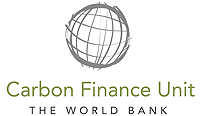Overview
The West Nile Region borders to the west on the Democratic Republic of Congo and to the north on Sudan. It comprises the districts of Nebbi, Arua, Moyo and Adjumani. The Uganda: West Nile Electrification Project activities included installation and operation of a 3.5 MW (2 units of 1.75 MW) hydroelectric power plant, which became operational in September 2012. The project also upgraded and extended the distribution networks in Paidha, Nebbi, and Arua municipalities, connecting 4,000 additional customers, who would have otherwise operated small, privately-owned generation facilities. The project activity contributed to the development of Uganda’s indigenous renewable energy basis while meeting the growing demand for energy in the West Nile region. Energy supply from fossil fuels such as diesel and petrol are dominant in the project area and the isolated energy generation by private facilities is insufficient and unreliable, whereas hydroelectric power generated by this project reliably delivered electricity that has stimulated economic development locally while reducing both local air pollution problems and CO2 emissions contributing to global warming.
Benefits
- Upgraded and extended distribution networks in Paidha, Nebbi, and Arua municipalities
- Contributions to the development of Uganda’s indigenous renewable energy basis while meeting the growing demand for energy in the West Nile region
- Stimulated economic development locally while reducing both local air pollution problems and CO2 emissions contributing to global warming
